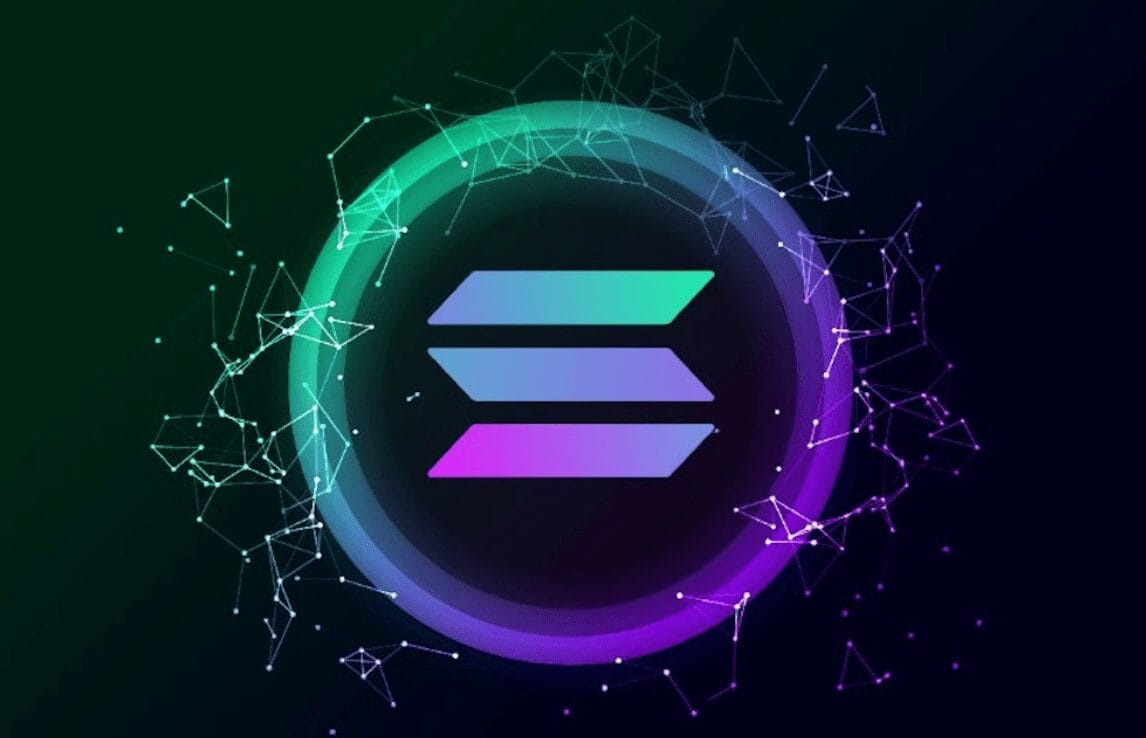Strong Performance of Solana: Is Ethereum Losing Its Lead?
Solana’s scalability and low transaction costs attract traditional financial institutions, positioning it as a serious Ethereum challenger. Despite Ethereum’s current dominance in tokenization, Solana’s advancements in technical updates are driving institutional interest. Especially in the domains of real-world asset tokenization and payments, Solana is attracting interest as one of the blockchain systems capable of subverting [...]


- Solana’s scalability and low transaction costs attract traditional financial institutions, positioning it as a serious Ethereum challenger.
- Despite Ethereum’s current dominance in tokenization, Solana’s advancements in technical updates are driving institutional interest.
Especially in the domains of real-world asset tokenization and payments, Solana is attracting interest as one of the blockchain systems capable of subverting Ethereum’s hegemony in the crypto space.
According to Sygnum Bank research, large companies, including Visa and Citi, are beginning to pick Solana because of its inexpensive transaction fees, great scalability, and high throughput. This is in line with the increase in the price of the SOL/ETH pair, which has strengthened by 300% in the past year, making it increasingly prominent in the market.

Solana Recovery and Ethereum’s Layer 2 Challenges
One of the biggest investors in the network, FTX’s fall has also triggered a dip from which Solana has recovered. Solana has rebuilt by adding major technical changes, such as the release of Firedancer, which boosts efficiency and processing capability, following repeated network disruptions and lost investor confidence.
Furthermore, the “Only Possible on Solana” marketing has effectively enhanced the network’s standing as a scalable and quick blockchain, attracting developers and market players.
Ethereum, on the other hand, has performed worse on several important measures. Though Layer 2 scaling options for Ethereum have expanded, traffic on the mainchain has actually dropped by 15%, which helps to explain Ether’s price drop.
These Layer 2s are degrading the Ethereum network more than they are bolstering, some observers worry. With market shares of 81% and 49%, respectively, Ethereum nevertheless keeps leading the real-world asset (RWA) tokenizing and stablecoin industries. Many conventional investors still choose Ethereum even if Solana has potential.
Solana has also drawn criticism, though, especially from Edward Snowden, who emphasized the network’s great degree of centralization. This has caused questions about whether any significant disturbance to the network may readily endanger important developments erected on it.
Solana still enjoys great backing, meanwhile, from conservative financial firms. For instance, a significant asset management company intends to open a mutual fund on Solana despite the fact that Visa has integrated Solana for USDC stablecoin transactions. Nonetheless, notably in terms of market capitalization and total value locked (TVL), Ethereum and Solana still differ greatly.
Solana has also broadened its influence with projects including the launch of a mobile business with a Web3-enabled Android phone, which has been a hit despite modest first sales.
Beside that, CNF previously reported that STEPN Go and Adidas are scheduled to release an NFT collection—STEPN GO x Adidas Genesis Sneakers on the Solana blockchain, therefore stretching the limitations of Web3 even more. Recently, STEPN also debuted its public beta with Haus System integration so users can help friends.
Meanwhile, as of writing, SOL is trading about $142.65, up 9.25% over the last 30 days and with a market cap more than $66 billion.
What's Your Reaction?








































































































